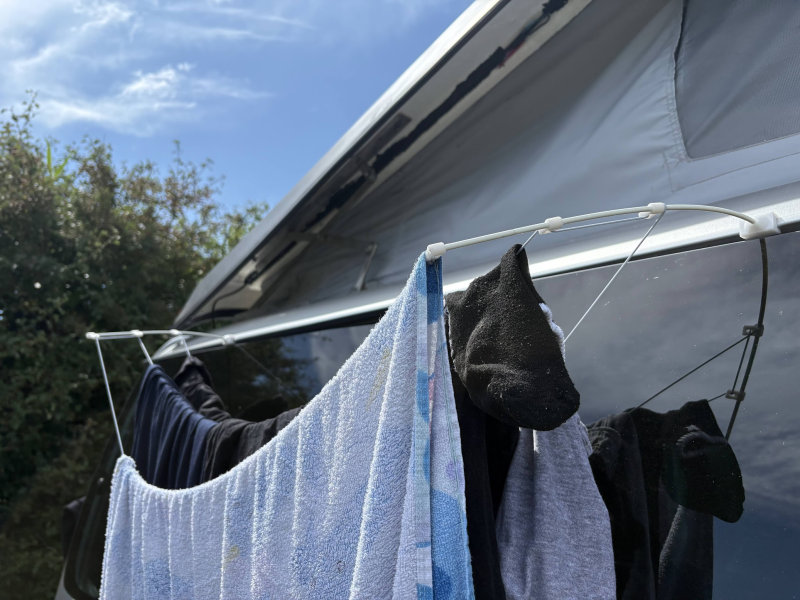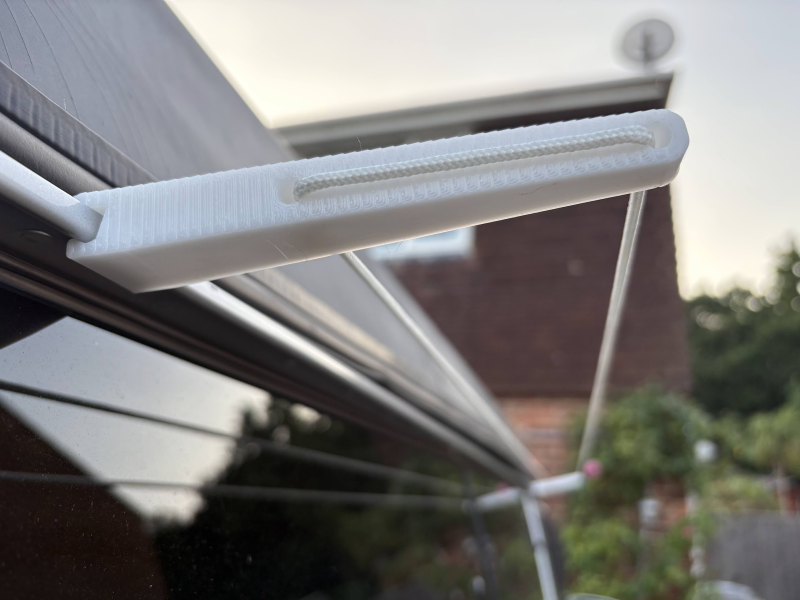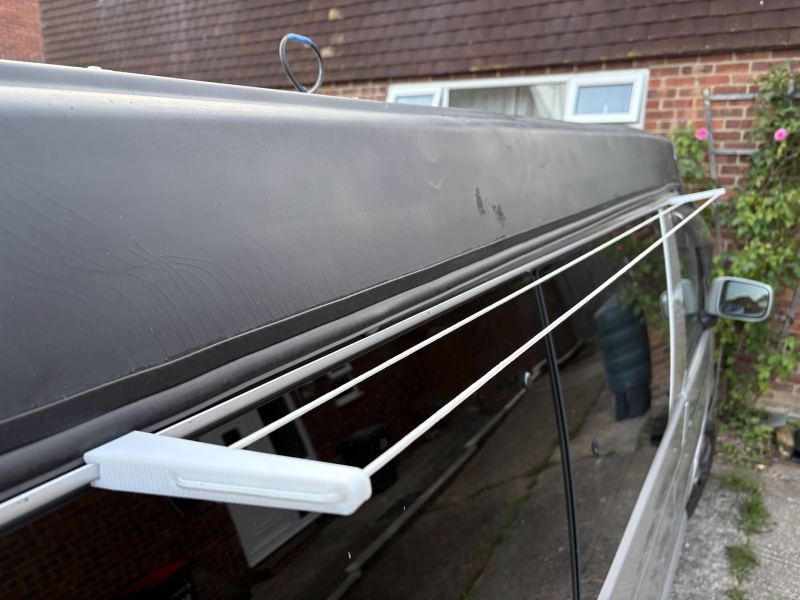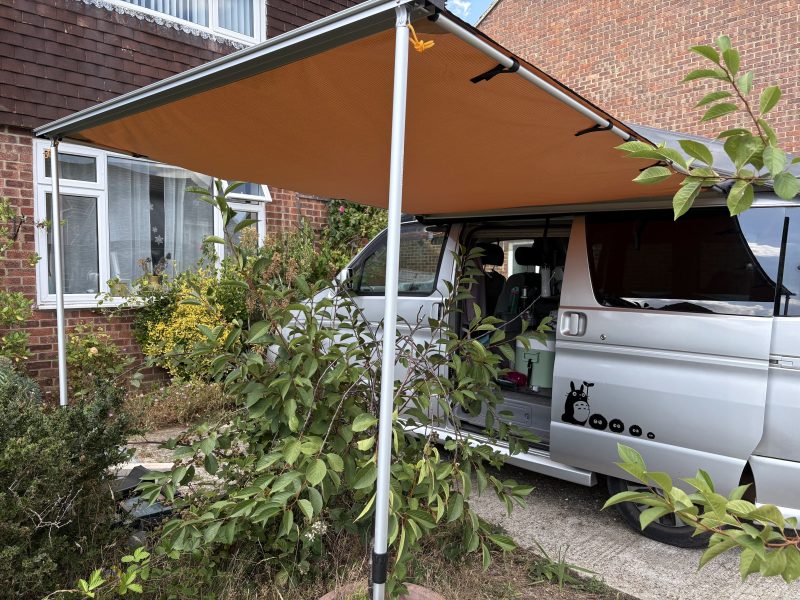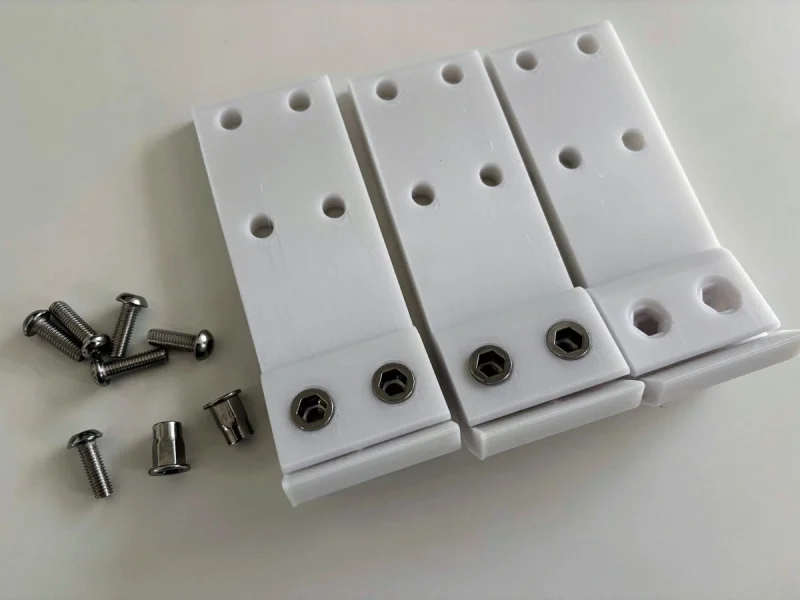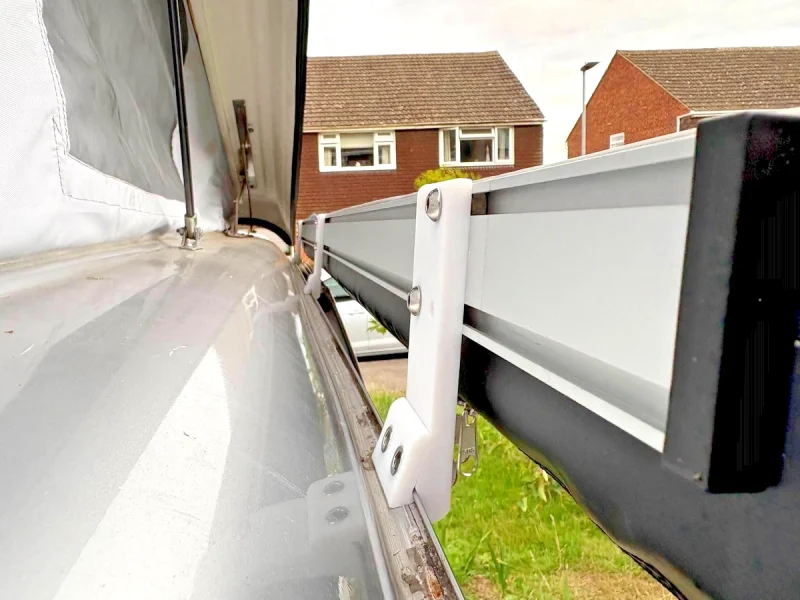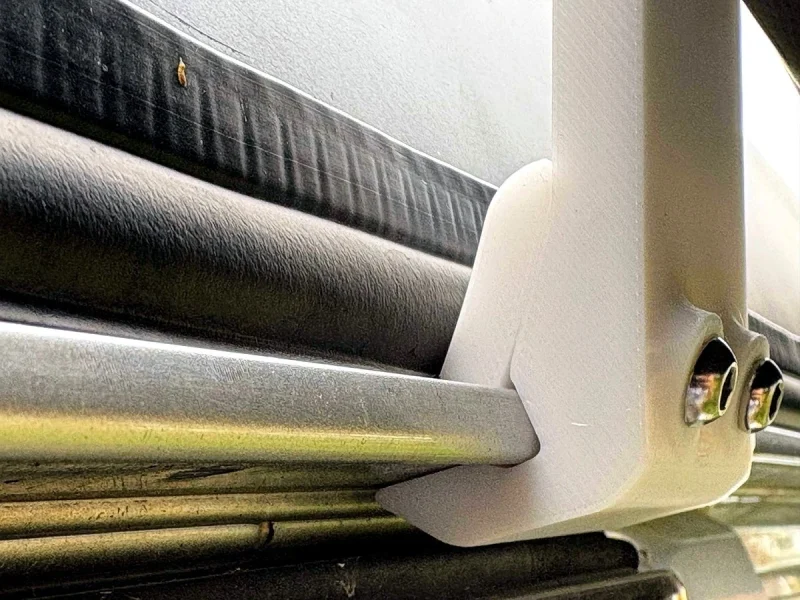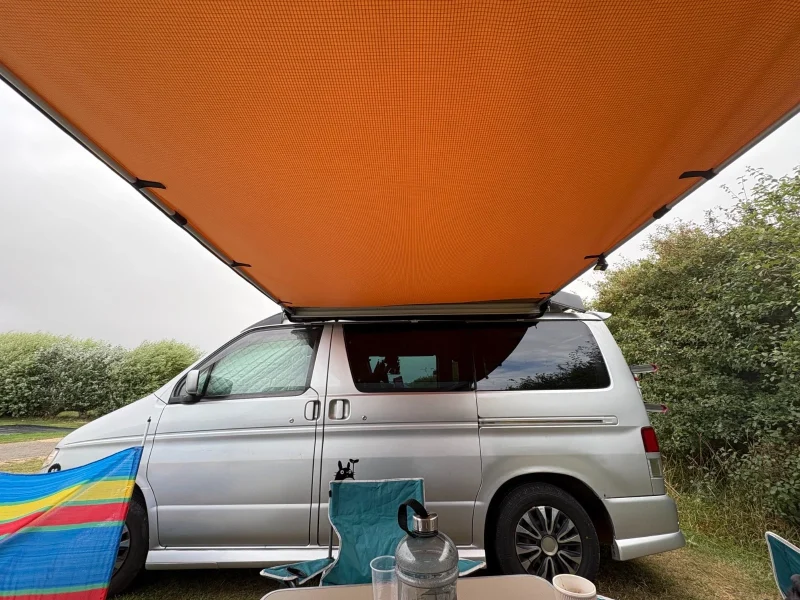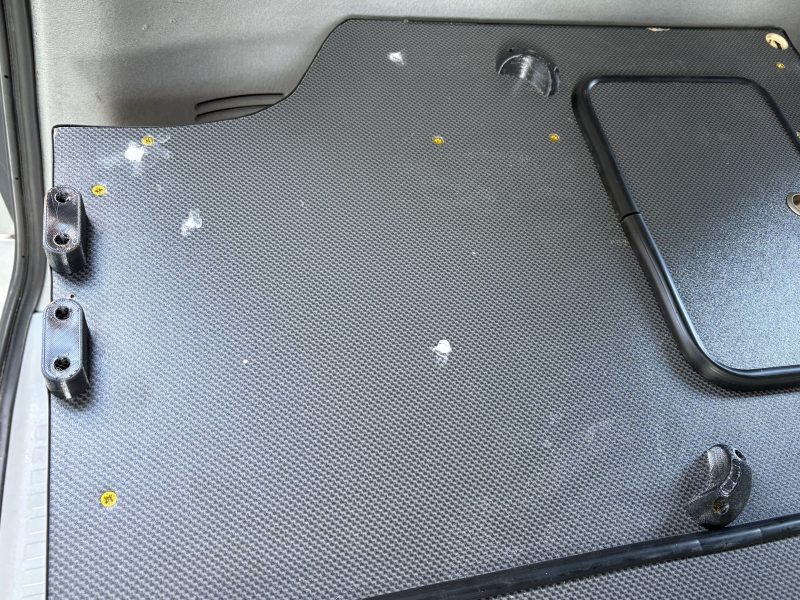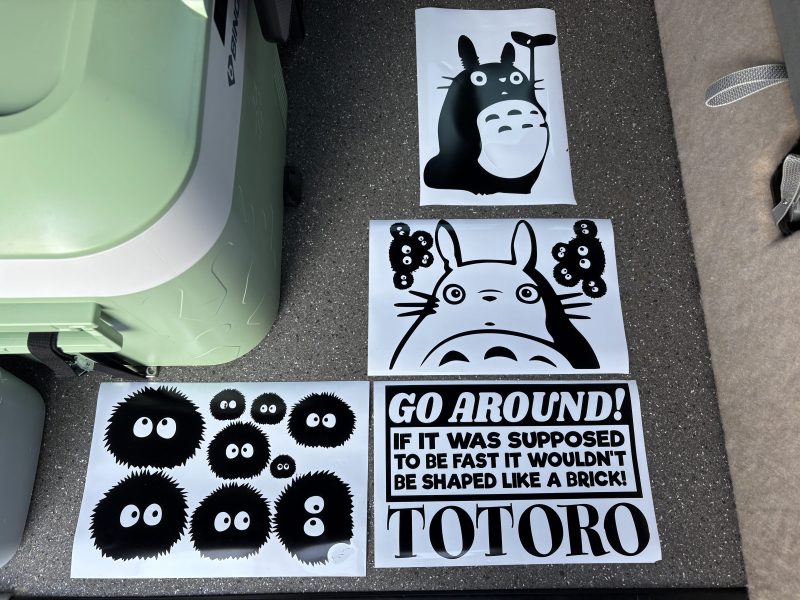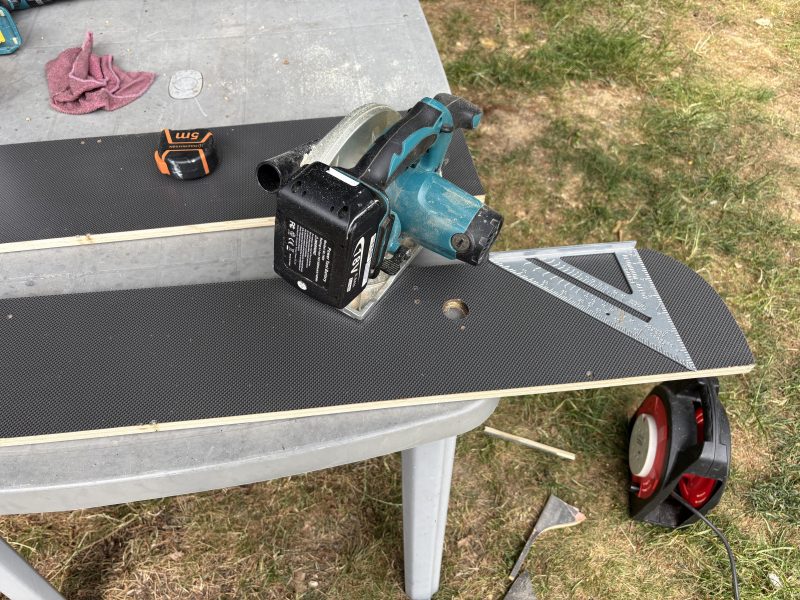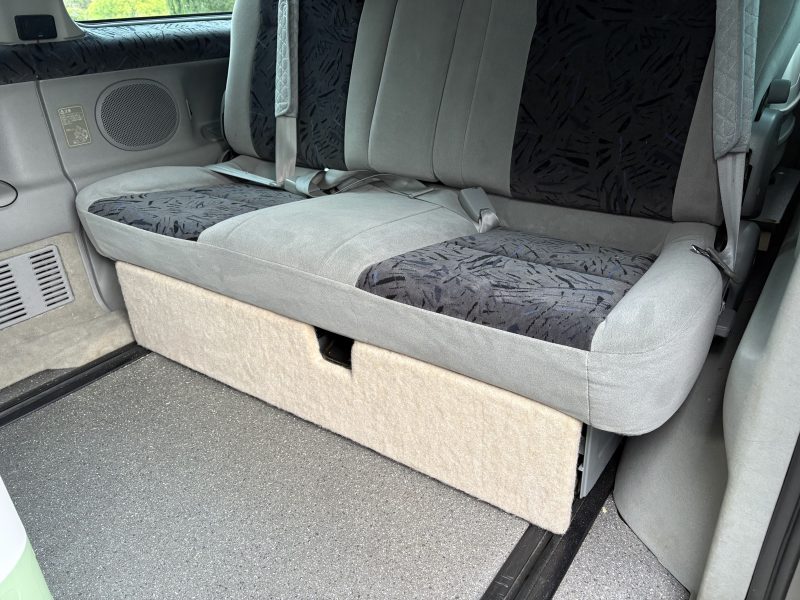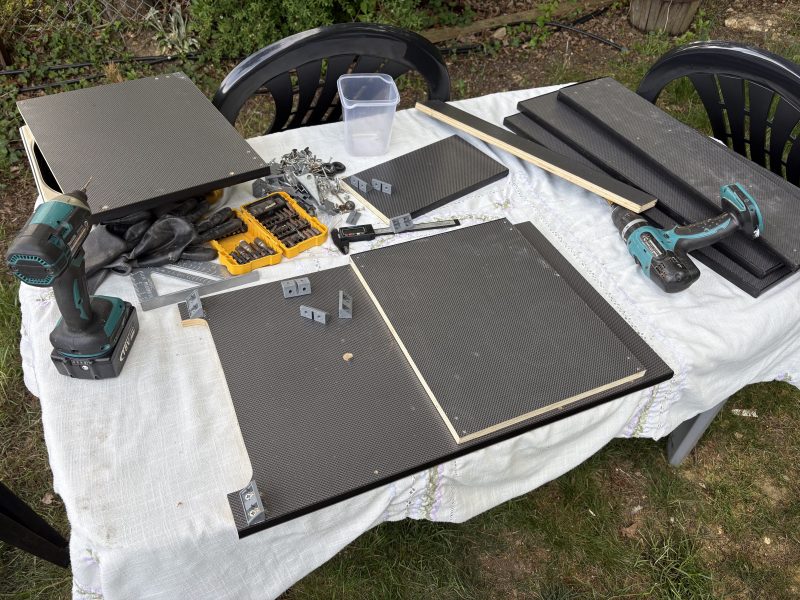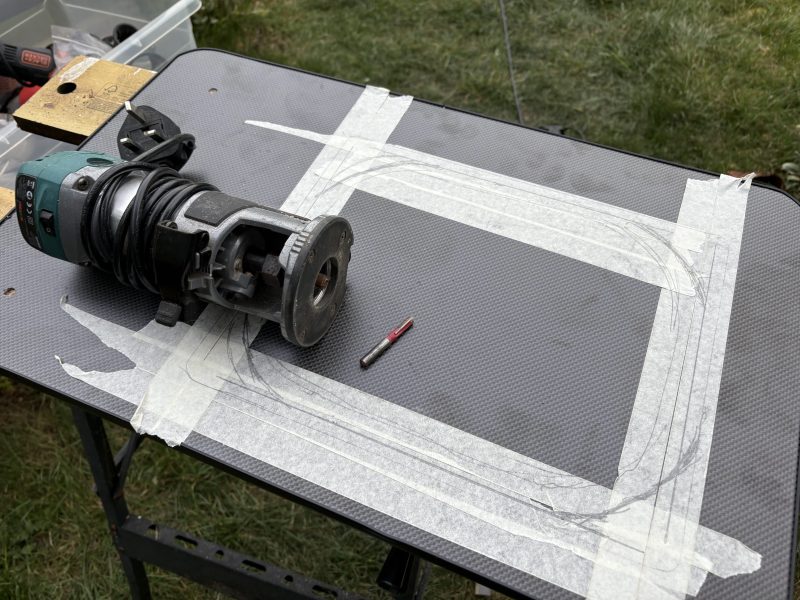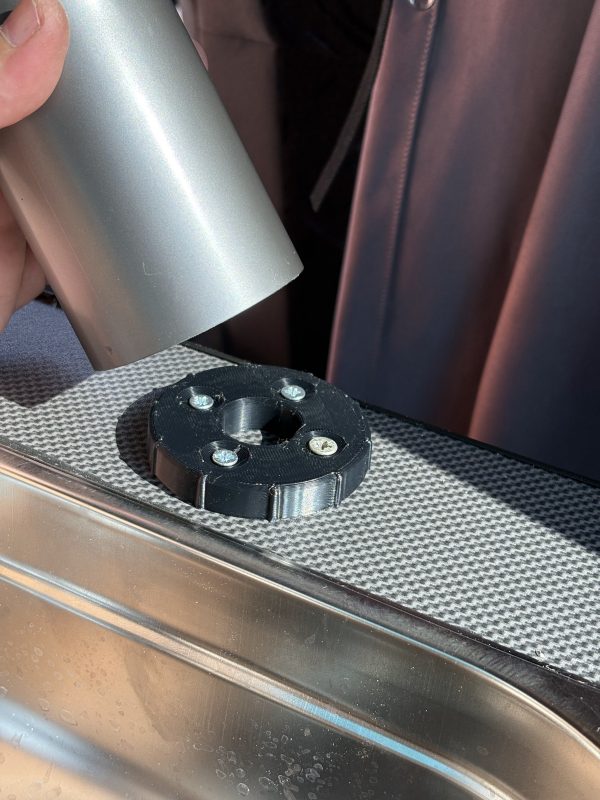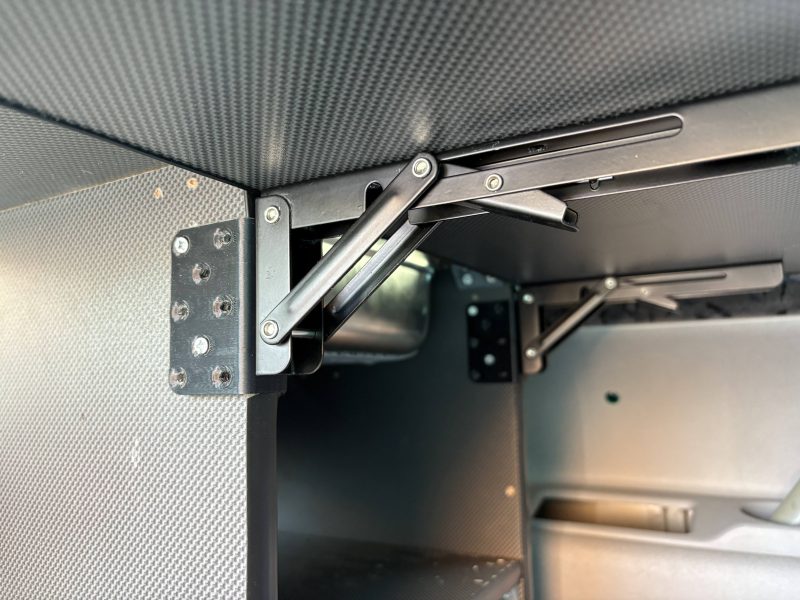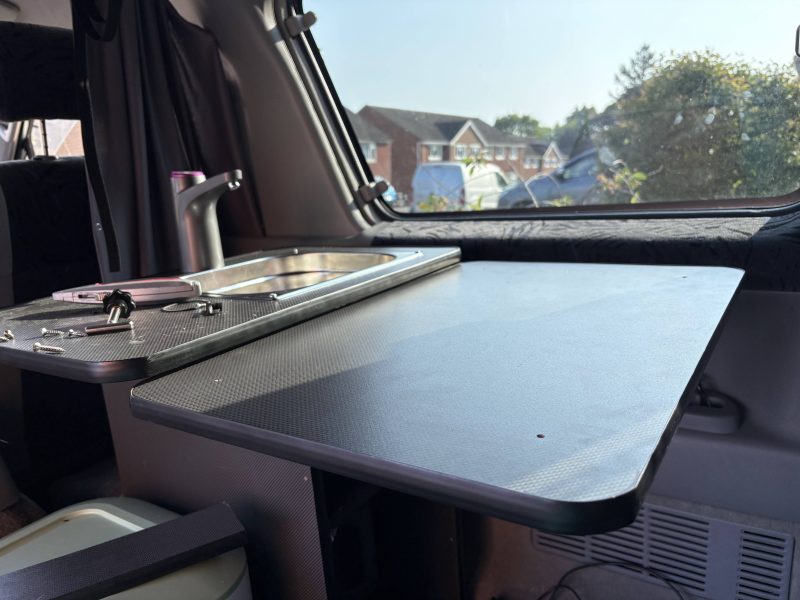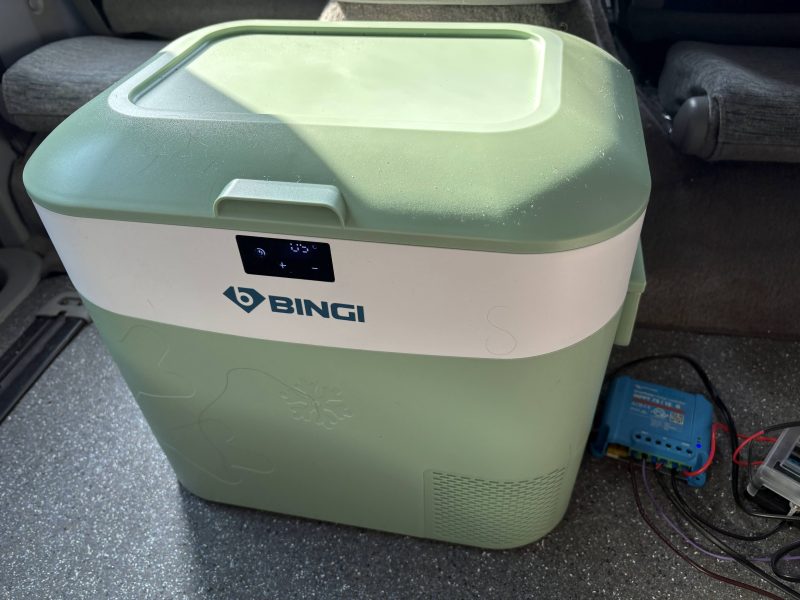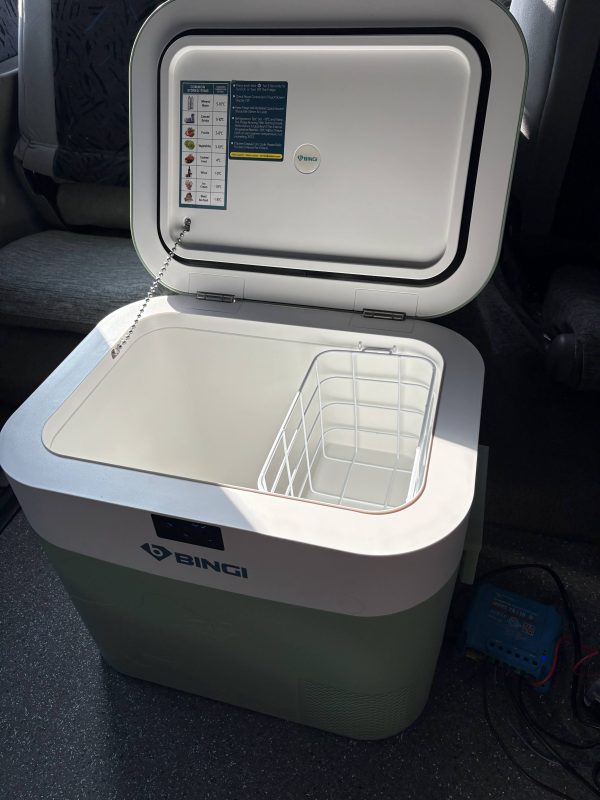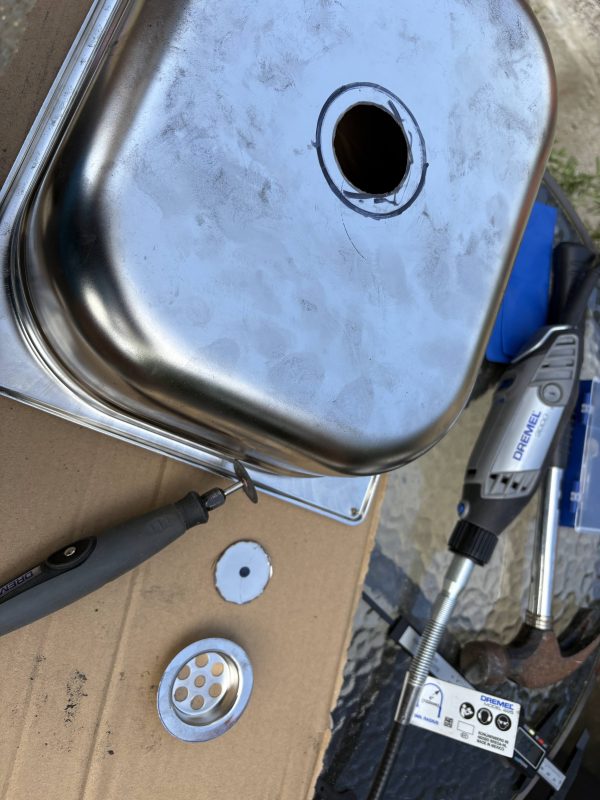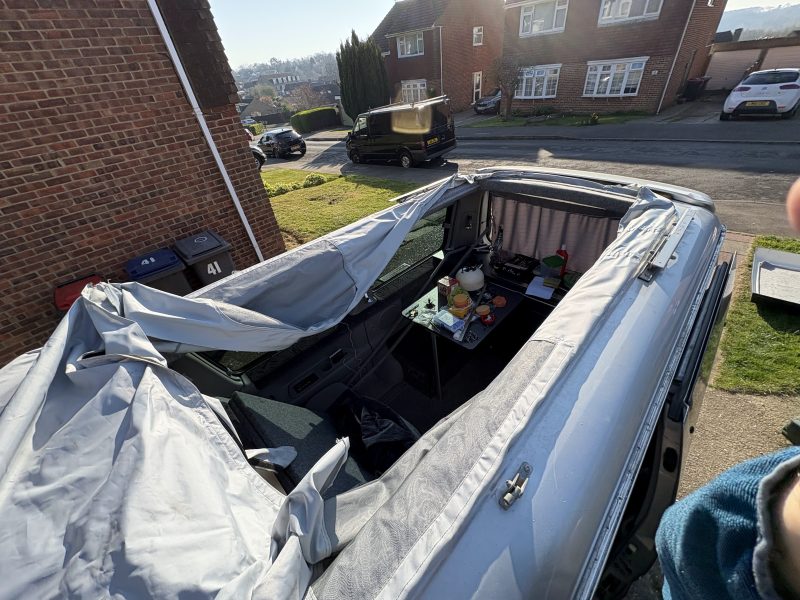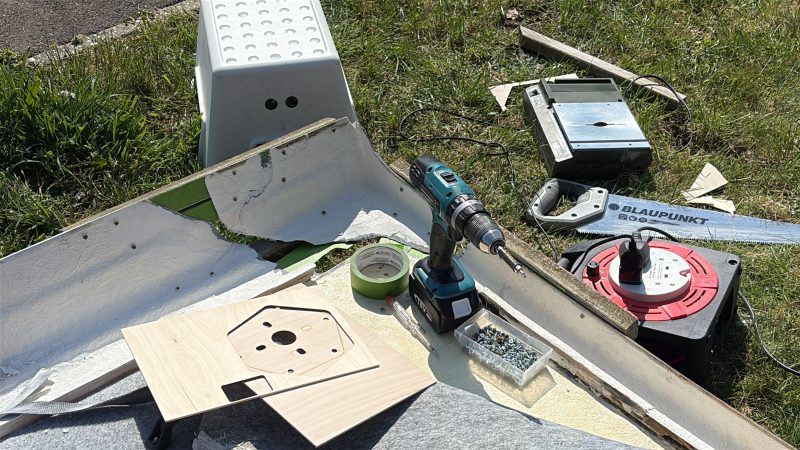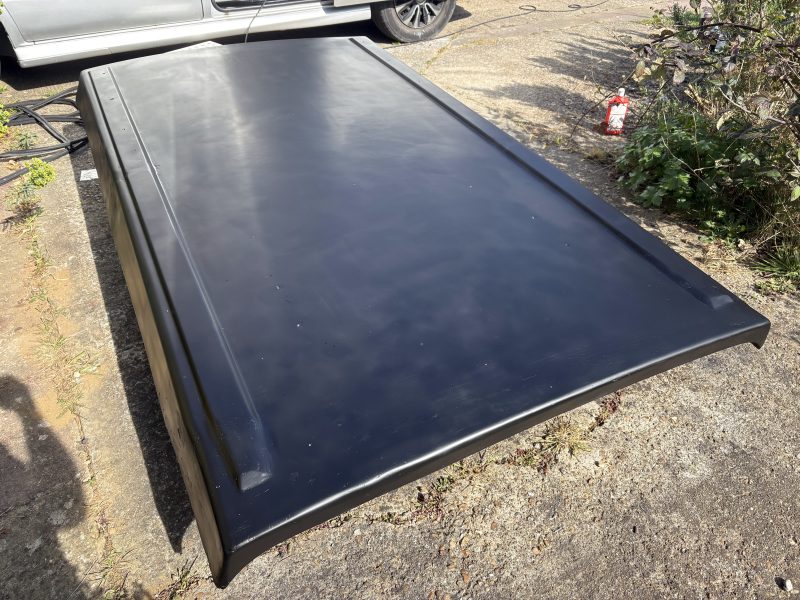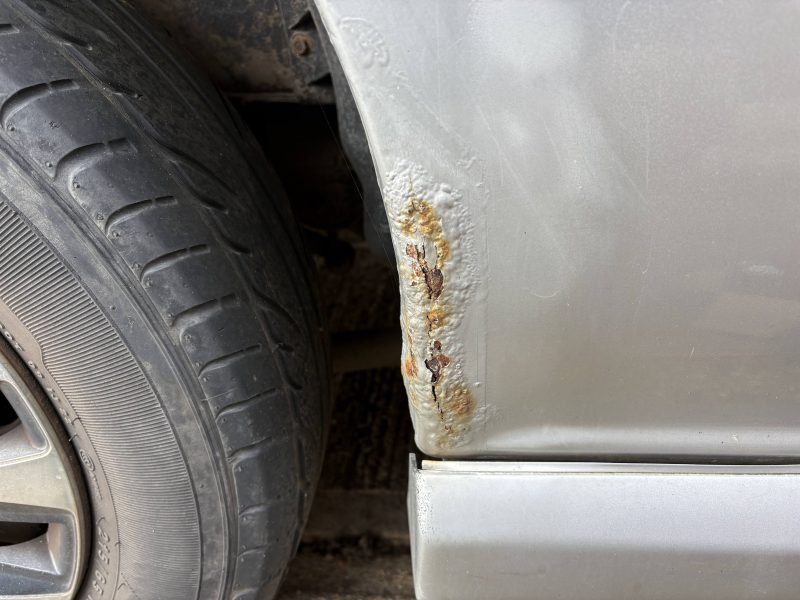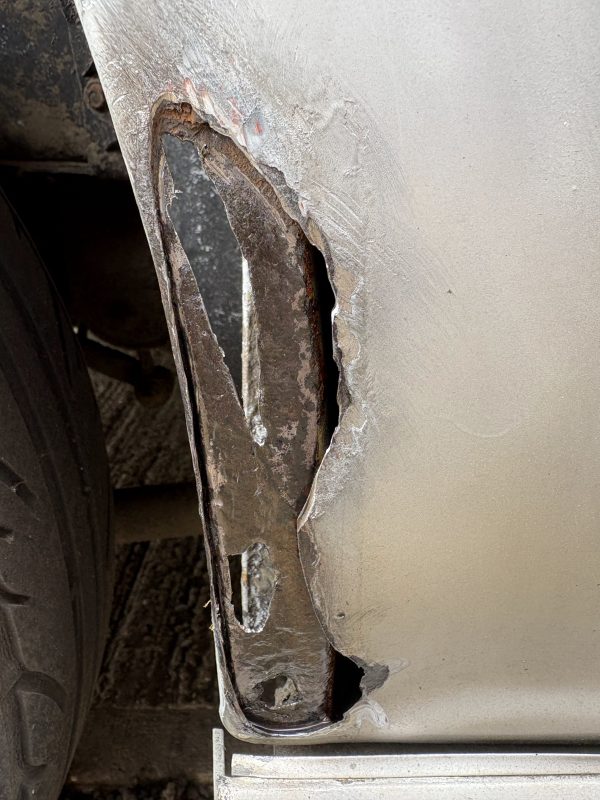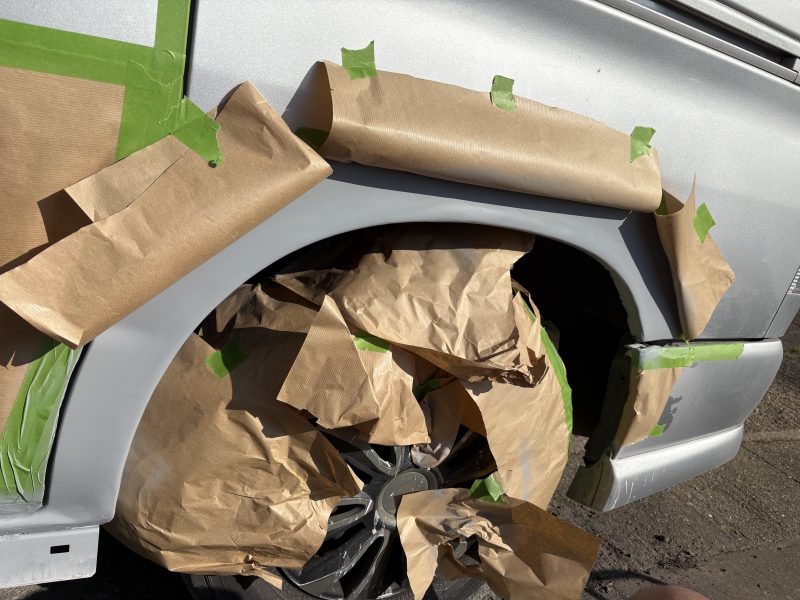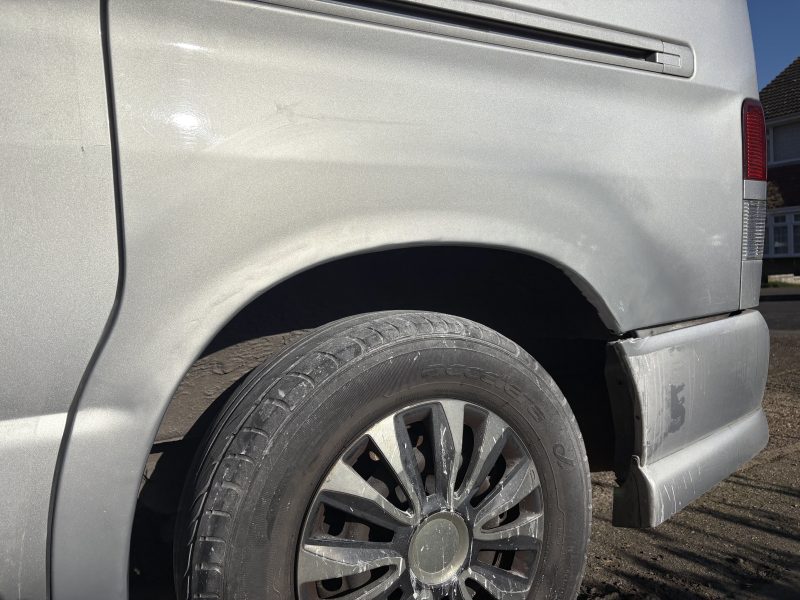İngiltereye taşınmamın ardından beni sucuk ve pastırma yapma merakı sardı. Malum adaya et ve süt ürünleri getirmek yasak ve yasakları hep çekici bulmuşumdur.
Öncelikle internetteki 100 kadar tarifi bir hafta boyunca okuyup karşılaştırarak başladım. Basitçe çıkardığım sonuçlar şöyle,
- “Üstüne çok ağırlık koyun, en az şu kadar kilo olsun” yazanlar hikaye. Endüstriyel üretim yapanlar eti asla ezip tabak gibi yapmıyor, hatta pek çok endÖüstriyel tarifte üstüne ağırlık koyma kısmı yok, amaç eti ezmek yassılaştırmak değil antrikot zaten yassı, madalyon bölgesinden(kontrfile) yaparsanız da yuvarlağa yakın olan pastırma oluyor.
- Etin suyunu salmasının sebebi basınç değil tuz. Bu yüzden özellikle ince sofralık tuzdan kaçınılmayacak 1 kilo ete 1 kilo gibi kullanmak en pratiği.
- Çemen tariflerinde un olmayan tariflerden kaçının. Çemen sadece biber, sarımsak ve çemen otundna ibaret değil. Gerçek tariflerde %80 e yakını Mısır ve Arpa unu karışımı. Un hem çemene yapışkanlık veriyor hem de suyun atılmasını ve çemenin formunu korumasını sağlıyor.
Gelelim tarife. Yaptığım pastırmayı her aşamasında fotoğrafladım ve detaylı olarka işlemleri not aldım. Bu yüzden ortalıktaki tarifler içind en derli toplusu sanırım bu olacak.
ETİN HAZIRLANMASI:
Süpermarkette fırına sürmek için hazır olarak satılan 920gr sırt bölgesi eti aldım. Türkiyede kasaba söyleyip Antrikot veya Kontrfile bütün alırsanız daha iyi olur, benim böyle bir imkanım yoktu.

Etin üzerinde ne kadar yağ varsa temizlemek gerekiyor, ben başlangıçta hata edip ilk 3 gün yağla beraber bıraktım ancak yağ suyun çıkmasını ve etin kurumasını engelliyor bu yüzden iyice temizlemekte fayda var.
Temizledikten sonra ince uçlu keskin bir bıçakla etin üzerine kaslara çapraz şekilde 1-2 parmak aralıklarla derin ve kısa kesikler atıyoruz. Bu kesikler hem suyun çıkmasını hem de tuzun içeri işlemesini kolaylaştırıyor.
TUZDA BEKLETME
Bir kap içerisine tuzu boca ediyor üstüne etimizi koyup sonra her tarafını tuzla kaplıyoruz, ne kadar tuz o kadar iyi.
İlk başta yaptığım bir hata da kayatuzu kullanmaktı, bu tuz yavaş eriyor ve ince tuz gibi su çekmiyor, 3. günde sofra tuzu ile değiştirince etki çok iyi oldu, tavsiyem 1kg sofra tuzu kullanmanız.

2. gün üzerine 3kg ağırlık koydum.
3.gün ağırlığın pek bir faydası olmadığını görerek sofra tuzuna geçtim,
5. günde et suyunu salıp 700gr kalmıştı. Bu aşamada yeterince sertleştiği (çok sert değil sadece sıkı) için sonraki aşamaya geçmeye karar verdim.
TUZUNU ALMA
Önce eti musluk altında iyice yıkıyoruz, tüm tu tanecikleri gidiyor, sonra büyükçe bir kap alıp içini su ile dolduruyor etimizi içine koyuyoruz. Etiniz kötü kokuyor diye korkup atmayın, 5 gün içindeki tüm kanı ve suyu vermiş olduğu için koku normal, yediğiniz hazır pastırmalar da bir zamanlar öyle kokuyordu 🙂
Bu aşama ne kadar tuzlu sevdiğinize ve kullanımınıza bağlı olarak değişiyor. Ben bulunduğum iklim şartlarına alışık olmadığım için sonraki aşamanın(kurutma) ne kadar süreceğini bilemedim bu yüzden bakteri oluşmasın diye eti sadece 2 sat suda bırakıp tuzunun çoğunun içinde kalmasını sağladım, bu yüzden biraz tuzlu bir pastırmam oldu, yemeklerde kullanmak için iyi ama doyasıya 8-10 dilim yemek için fazla tuzlu. Â İklim kuru ise 1 gün bekletmenizi öneririm.
KURUTMA
Etimizin bir ucundan sağlam bir ip geçirip gölge bir yerde kurumaya bırakıyoruz. Güneşe koymak iyi değil, saçak altı gibi gölge ama açık hava bir yerde kurumasında fayda var, bu aşamada sineklere dikkat, genelde et tuzlu ve kuru olduğu için ilgilerini çekmiyor ama siz rahatsız oluyorsanız üstüne pamuklu bir kumaş geçirip içinde de kurumaya bırakabilirsiniz.

Kuruma 2 gün kadar sürüyor ve sonuçta elimizde elimizi bastıramadığımız yumuşak tahta kıvamında kuru bir et kalıyor.
İşte etin kurumuş hali böyle birşey. Kurudukça tuz da yüzeye çıkıp beyaz beyaz görünüyor.

ve geçiyoruz çemenlemeye.
ÇEMENLEME
Öncelikle çemeni hazırlamaya eti kurumaya astığınız gün başlamalısınız, 2 gün dolapta beklemiş çemen tam istediğimiz kıvama gelecek, yapıp aynı gün kullanırsanız aynı kaliteyi beklemeyin. Gelelim yapılışına.
ÇEMEN TARİFİ (1Kg et için)
- 50 gram arpa unu (bulamazsanız normal un)
- 12 gram mısır unu
- 12 gram sarımsak püresi
- 25 gram gram tatlı biber tozu(ing. Paprika)
- 25 gram cemen tozu (ing. Fenugreek)
- 1 tatlı kaşığı kimyon
- 1 silme çay kaşığı karabiber
- çeyrek çay bardağı sıvı yağ (kuruyunca kırılmasın dökülmesin diye)
- kıvamlı bir macum haline getirecek kadar ılık su
Malzemeleri karıştırıp dolaba koyun 2 gün bekletin. Yapışkan bir macun haline gelince kullanabilirsiniz.
Çemenimizi kurumuş etimizin her tarafına sürerek şu hale getiriyoruz. Burada dikkat edilecek birkaç nokta var. Öncelikle mutlaka ameliayt eldiveni kullanıyoruz, çünkü çemen oldukça ağır kokulu ve yapışkan bir madde, eti kaplarken de bol bol haşırneşir olmanız gerekeceğinden eldiveni takıp gönül rahatlığı ile dokunabilirsiniz. Eldivenli ellerimizi sık sık ıslatmak gerekiyor, Islak eldivene çemen yapışmıyor ve aşağıda gördüğünüz gibi pürüzsüz biçimde kaplamamıza imkan sağlıyor.

Çemeni sürerken en büyük endişem fazla kalın olduğu idi, Etin etrafında neredeyse yarım parmak kalınlığında çemen olduğu için, bir türlü kurumayacağını düşünüyordum ancak yanılmışım.
Aksine çemen içindeki suyu verip kurudu ve sonunda 1-2mm kalınlıkta bir katman kaldı sadece.
Bu haldeki pastırmamı fazlaca güneşte kalmaktan sakınarak rüzgarlı kuru bir yerde kuruttum.
Aşağıdaki fotoğrafta dışarıda kururken görülüyor ancak bununu sadece ilk 1-2 saat dışı hızlı kurusun diye yaptım. Hava sıcaklığının yüksek olduğu yerlerde eti güneş altında fazla bırakırsanız yağları eriyerekdışında su geçirmez bir katman yapıyor ve kurumayı yavaşlatıyor, bu yüzden serin ve gölgede kurutmak veya güneş altında ise bile serin bir zamanda bunu yapmak gerekiyor.
Sonuç
İngilterenin yağışlı ve kapalı havasında 5-6 gün kadar kuruyup evi nefes alınamaz derecede çemen kokuttuktan sonra pastırmam hazır oldu. hazır olduğunu dışınaparmağınzıla bastırarak anlayabilirsiniz, parmağınız artık iz bırakmıyorsa tamamdır.
Son olarak pastırmamızı buzdolabına koyarak sıcaklığının 5-6 dereceye düşmesini sağlıyoruz. Oda sıcaklığında biraz yumşak gibi geliyorsa korkmayın dolaba girince sertleşecek.
Ve pastırma hazır, keskin ve büyük bir bıçak ile incecik dilimledikten sonra, İngiltere manzarası eşliğinde fotoğrafladım.
Tadı harika olmuş. Bu güne kadar Türkiyede hazır alıp yediğim pastırmaların çoğundan başarılı. Tek sorunu biraz tuzlu olması ki, Pastırmalı kurufasülye yaparken yemeğe biraz az tuz konursa dengeler.
Bu da adaya et ürünü sokmayanlara kapak olsun 🙂

Önemli Not: Ben gıda uzmanı veya bu konularda deneyimli birisi değilim. Sadece insanın temel ihtiyaçlarını karşılayacak becerilere sahip olması gerektiğine inanan, bu yüzden Yoğurt, Peynir, Sabun, Sucuk, Pastırma gibi şeyler nasıl yapılır araştırıp öğrenen biriyim. Ben yapabiliyorsam siz de yapabilirsiniz. Afiyet olsun.
